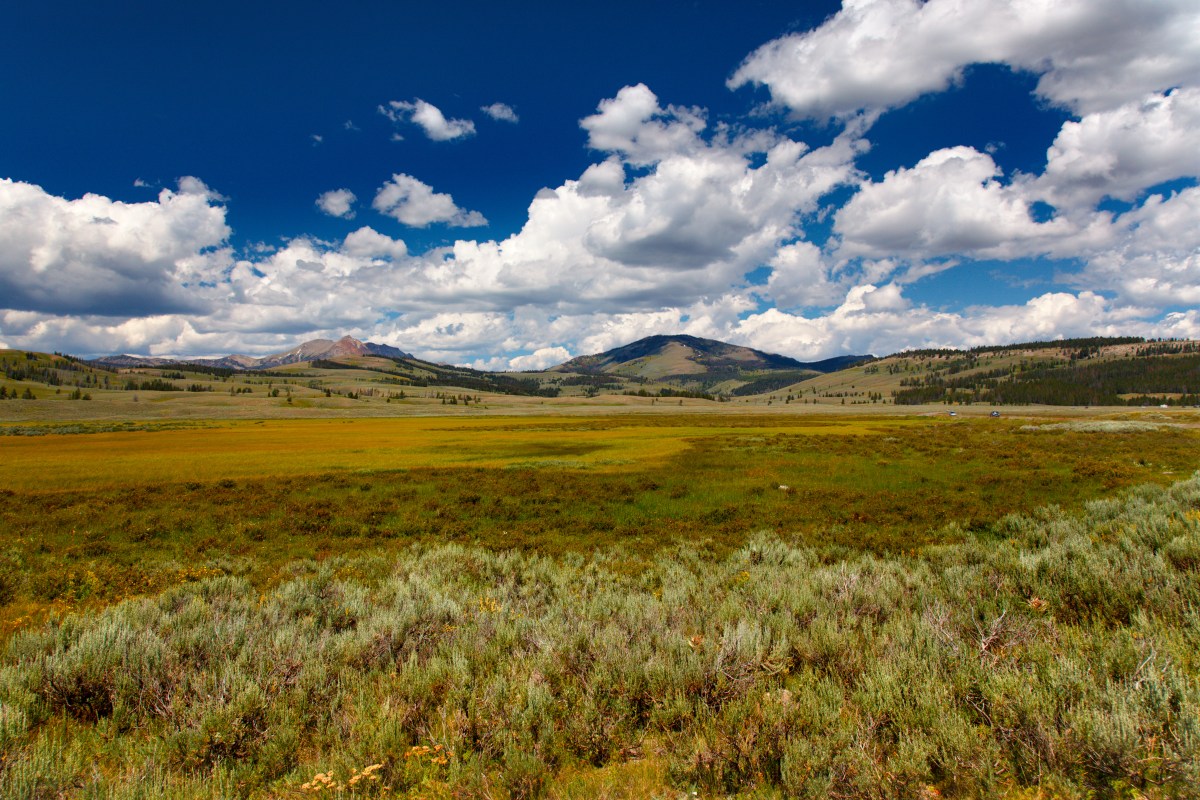The Montana Constitution at 50
On March 22, 1972, all 100 delegates to the Montana Constitutional Convention gathered at the Capitol in Helena to sign off on a new state Constitution they’d just spent months researching, debating, negotiating and writing — and which would be ratified by voters on June 6 of that year. In observance of the 50th anniversary of the delegates’ adoption of the document, Montana Free Press presents a series of articles exploring the state Constitution’s history, legacy, influence and future.
Watch: Oral histories of the Montana Constitutional Convention of 1972
Watch: 50th Anniversary celebration

Bob Campbell’s constitutional legacy
Tributes poured in Wednesday for Bob Campbell, who as a delegate to the 1972 Montana Constitutional Convention wrote the document’s provisions for the right to privacy and the right to a clean and healthful environment. Campbell died Tuesday night in Missoula. He was 81 and died of natural causes after suffering from dementia.
The Montana Constitution, up close and personal
When 100 delegates gathered in 1972 to create a new Constitution for Montana, reporter Chuck Johnson had a front-row seat to history in the making. Here’s his recollection of that Montana milestone — and what it’s meant for the state in the half-century since — in Chuck’s own words.
How the Montana Constitution shapes the state’s environmental landscape
Legal scholars, environmental activists and practicing attorneys say a handful of forward-looking provisions in the Montana Constitution drafted by delegates 50 years ago have secured some of the strongest environmental protections and most progressive stream access laws in the country. Cases decided by the Montana Supreme Court in 1984, 1999, 2011 and 2014 have been particularly pivotal in fleshing out what Montanans’ right to a “clean and healthful environment” means in practice.
Montana’s long road to make good on Indian Education for All
In 1972, tribal activists and Constitutional Convention delegates claimed space for Indigenous cultural integrity in the new state Constitution’s article on education. Half a century later, court battles and curriculum development have delivered scattered progress, but the fight to integrate Indian Education for All in public schools continues.
Fifty years later, is Montana’s ‘Right To Know’ working?
In debating and drafting the new version of Montana’s constitution, delegates tried to fill a serious gap that existed before. Situated within Article 2, Section 9, there now exists a tool to guard against government opacity.
As it turns 50, is Montana’s ‘progressive’ state Constitution facing a conservative midlife crisis?
On March 22, 1972, all 100 delegates to the Montana Constitutional Convention gathered at the Capitol in Helena to sign off on a new state Constitution they’d just spent months researching, debating, negotiating and writing — and which would be ratified by voters on June 6 of that year. In observance of the 50th anniversary of the delegates’ adoption of the document, Montana Free Press this week presents a series of articles exploring the state Constitution’s history, legacy, influence and future. Today: As it turns 50, is Montana’s “progressive” state Constitution facing a…







